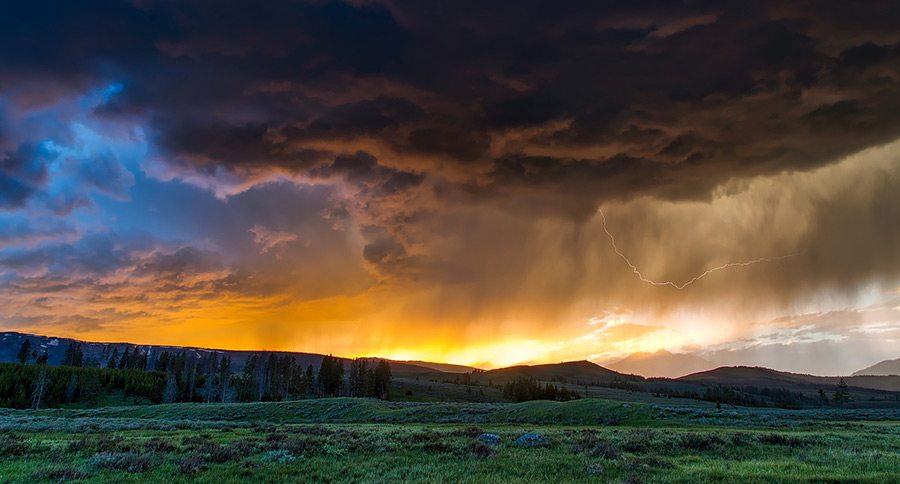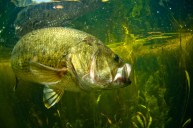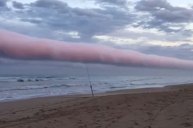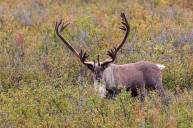Weather is the one constant for an outdoorsman, but can you predict the weather without the weatherman? Here are a few tips to help.
Weather changes a lot, and a hunter, angler, or camper should always take its conditions into consideration when planning an expedition.
Companies have developed numerous weather apps for smartphones and tablets to give outdoorsmen a better chance of being prepared for what may occur.
These apps can tell you everything from temperature and humidity to wind speed, chance of precipitation and barometric pressure. Some even delve into moon phases, as they can affect hunting and fishing.
One resource that can be helpful for outdoorsmen is the National Oceanic and Atmospheric Administration. Check out their website at NOAA.gov for more information on weather patterns and how to predict the weather for your area by observation.
However, you can never depend completely on technology. The environment around us can tell us a lot about upcoming weather trends. Too often, people ignore weather-related folklore despite its usefulness in the most common scenarios.
What sort of ways can a 21st century outdoorsman keep tabs of what is happening, what might happen, and what did happen when it comes to weather?
Glad you asked. Most folklore pertaining to weather is backed by scientific reasoning, and is generally very easy to remember. Some examples include:
Color of the Sky

Red skies at sunset tell of fine weather in the near future, but red skies at sunrise warn of foul weather. A bright yellow sky at sunset tells of wind and a pale yellow tells of wet weather impending.
Clouds

Soft, delicate-looking clouds foretell pleasant weather with light breezes.
However, dark, inky-looking clouds tell of harsh, wet weather with more boastful winds.
You can also tell by wispy clouds that a change in the weather is on the way, and the height of the clouds will tell how long you have to wait on that change.
Watch the Animals
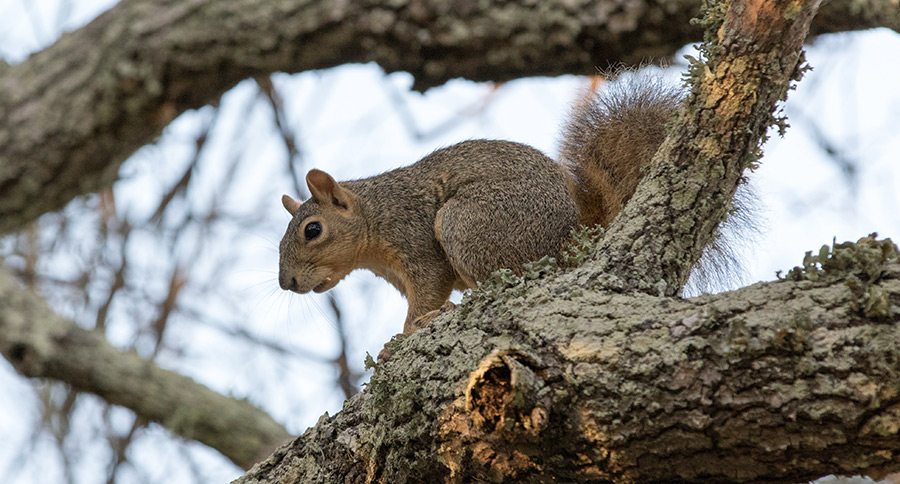
When birds and bats fly low to the ground, the barometric pressure is low and bad weather is soon to come.
Also, animals that normally have a fair-size range of travel will stay close to home when bad weather is on the way.
Before you set off on your next adventure, check the local weather forecast or just look outside and use your instincts. Testing your forecast against the weatherman is always fun.
NEXT: CONFESSIONS OF A KNOTHEAD: BASIC ROPEWORK AND KNOTS
WATCH
https://rumble.com/embed/u7gve.v3v6uv/
